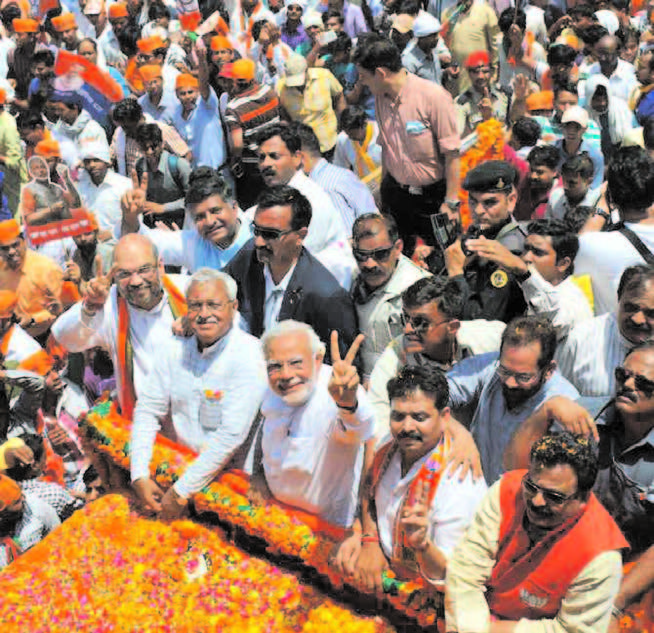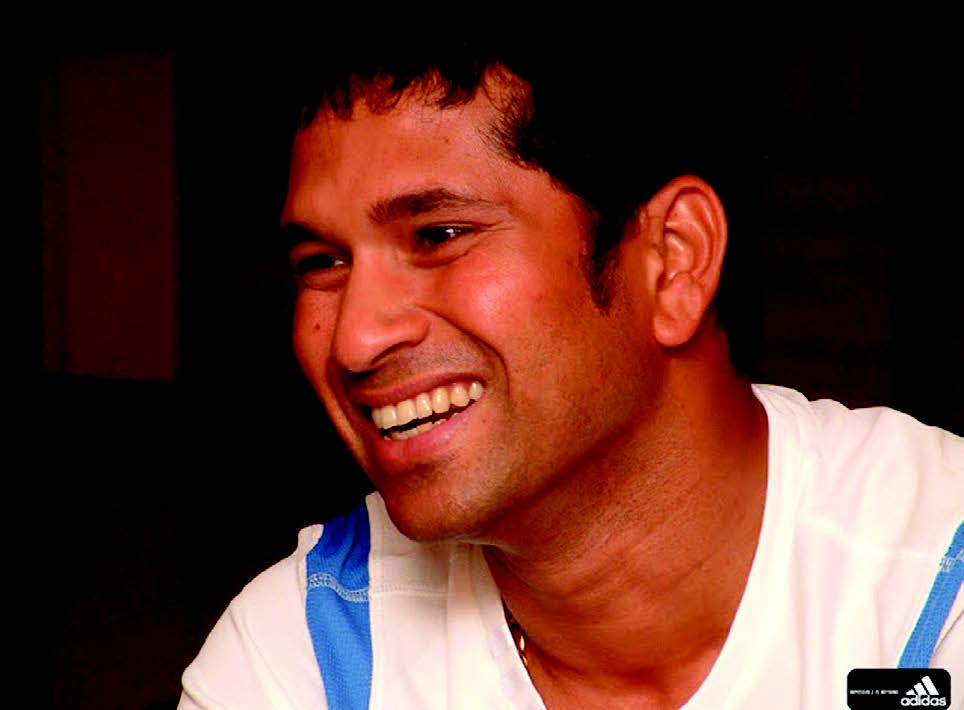

Modi’s preoccupation with domestic politics may continue through the Delhi municipal elections or even till elections in Gujarat. But he must not let foreign policy issues adrift………The Prime Minister cannot alternate between a pugnacious fighter at home and occasionally a statesman abroad,” says the author – KC Singh.
March 11 marked a significant landmark for Modi’s evolution as a dominant national political force, the future of AAP and its leader Arvind Kejriwal and the fate of ‘young’ leaders, 43-year-old Akhilesh Yadav and 46-year-old Rahul Gandhi. The murmurs are the loudest in the Congress against leadership, particularly when despite winning more seats than the BJP in Goa and Manipur, the governments have been formed by the latter.
After winning an unprecedented mandate in Uttar Pradesh, the most populous state of India, Modi could have shown humility in victory and espoused more collegial governance. Instead, he seems succumbing to hubris, as the BJP, particularly in Goa – despite their Chief Minister and six ministers being rejected by the electorate – have induced Independents, including those who campaigned on anti-BJP platform, with ministerial berths to devise an unethical coalition. The Supreme Court Bench of the Chief Justice disappointed in ignoring past guidelines in judgments and advice in commissions by worthy predecessors like Justices Sarkaria and Punchhi on how Governors should deal with split verdicts. Even if the swearing-in of Manohar Parrikar had to go ahead when the floor test was being advanced, how were all non-BJP supporters allowed to be sworn in as ministers?That clearly taints the process.
The April-end municipal elections in Delhi are now critical for the Congress, and even more so for the AAP. Gujarat, where the Patel agitation and poor governance post-Modi has created political uncertainty, looms next and there is talk of election, due later this year, being advanced to keep opponents from regrouping. Gujarat is literally the last hurdle beyond which Modi’s path to re-election in 2019 should be clear.
He is now like Indira Gandhi in her prime, the predominant figure to beat. But strange are the ways of the Indian masses as they both feed the rise of a strong leader and then resist power accumulation. The AAP in Delhi or the Janata Dal in Bihar benefited from this counter urge. Henry Kissinger in his book ‘On China‘, comparing India and China, writes that the latter has continuously been a unitary state since 221 BC. India, contrariwise, only thrice: the Mauryas, Guptas and the British, as even the Mughals never controlled the entire south. Indira Gandhi realized after imposing the Emergency in 1975 that she now ruled over a sullen people waiting to punish her. Modi can ignore this lesson of history at his own peril.
Meanwhile, the external Indian environment has evolved drastically while Modi has been in the domestic mode. Victory of Donald Trump and the coming elections in Europe, in the Netherlands on March 15 and then in France and later Germany, can rewrite the future of the European Union. President Xi Jinping of China, with greater power accretion than any leader since Mao, faces the quinquennial 19th party congress later this year when new faces that may lead China in future should emerge. While the fourth generation ruled from 2003 to 2012, it remains to be seen if Xi will pass the baton to a successor in 2022, accepting the 10-year leadership change principle, or will linger as China faces a slowing economy and a mutating and less benign global order. India-Pakistan relations continue to fester as Pakistan is far from isolated. They have just joined Saudi Arabia‘s Sunni coalition by sending troops to defend their border with Yemen. Pakistani economy is also on the mend, returning to 5 per cent GDP growth.
Modi’s preoccupation with domestic politics may continue through the Delhi municipal elections or even till elections in Gujarat. But he must not let foreign policy issues adrift. The first concern is to insulate gains in India-US relations over the last two US administrations from vagaries of Trump’s immigration policy, approach to Asia and global regimes. Second is India-Pakistan relations in state of persistent tension. That is hardly a strategy to deal with a nuclear weapon-possessing neighbor. Thirdly, relations with China are getting testier over India’s unwillingness to kowtow over the Dalai Lama while the Chinese become intransigent over Indian membership of the NSG and the listing of Pakistan-based terrorists by the UN Security Council sanctions committee.
Pakistan policy has, time and again, been on hold while Modi fights domestic electoral battles, including subliminally using terror emanating from there as an electoral weapon. Starting with the Maharashtra and Jammu and Kashmir elections in 2014, it has been a recurring tactic. By what definition was the terror attack in Uri comparable to the 26/11 carnage or attack on Indian Parliament in 2001 or the 2006 Mumbai train bombings? When red-lines are shifted to the walls of Indian cantonments then peace is unattainable, as any two terrorists can disrupt it with, or without, Pakistani support.
On the other hand, Pakistan in the last few months has been sending subtle signals. A new army chief, handpicked by PM Nawaz Sharif, appears in line with him. The detention of Hafiz Saeed and some associates may be a beginning that can be reversed or sharpened. Indian Punjab gets a new government with Capt Amarinder Singh, known to be sensitive to Punjabiyat, as a nebulous and diminishing link between the two divided Punjabs. Modi needs to test the window reopening for engagement and the calibrated resumption of normalization, or even talks.
For a start, Indian NSA Ajit Doval needs to talk to his counterpart, who is a former general, with a line to army chief Gen Qamar Javed Bajwa. Signals at a recent India-Pakistan track II were that General Bajwa may indeed be the partner Nawaz has been seeking since 1998, when Vajpayee travelled by bus to Lahore. The cultural and ideological space needed for this can be created between the twin cities of Amritsar and Lahore.
The Prime Minister cannot alternate between a pugnacious fighter at home and occasionally a statesman abroad. He has a limited opportunity to test Pakistani signals and build a consensus behind a new approach to Pakistan. Forcing Pakistan deeper into Chinese arms complicates dealing with both, particularly in an uncertain Trumpian world, when the need to defend Indian diaspora, whether holding Indian citizenship or not, can sour relations. The foreign policy ball has rolled back down the hill which Modi must, like Sisyphus, re-climb.
(The author is a former Secretary, Ministry of External Affairs, Government of India)




Be the first to comment